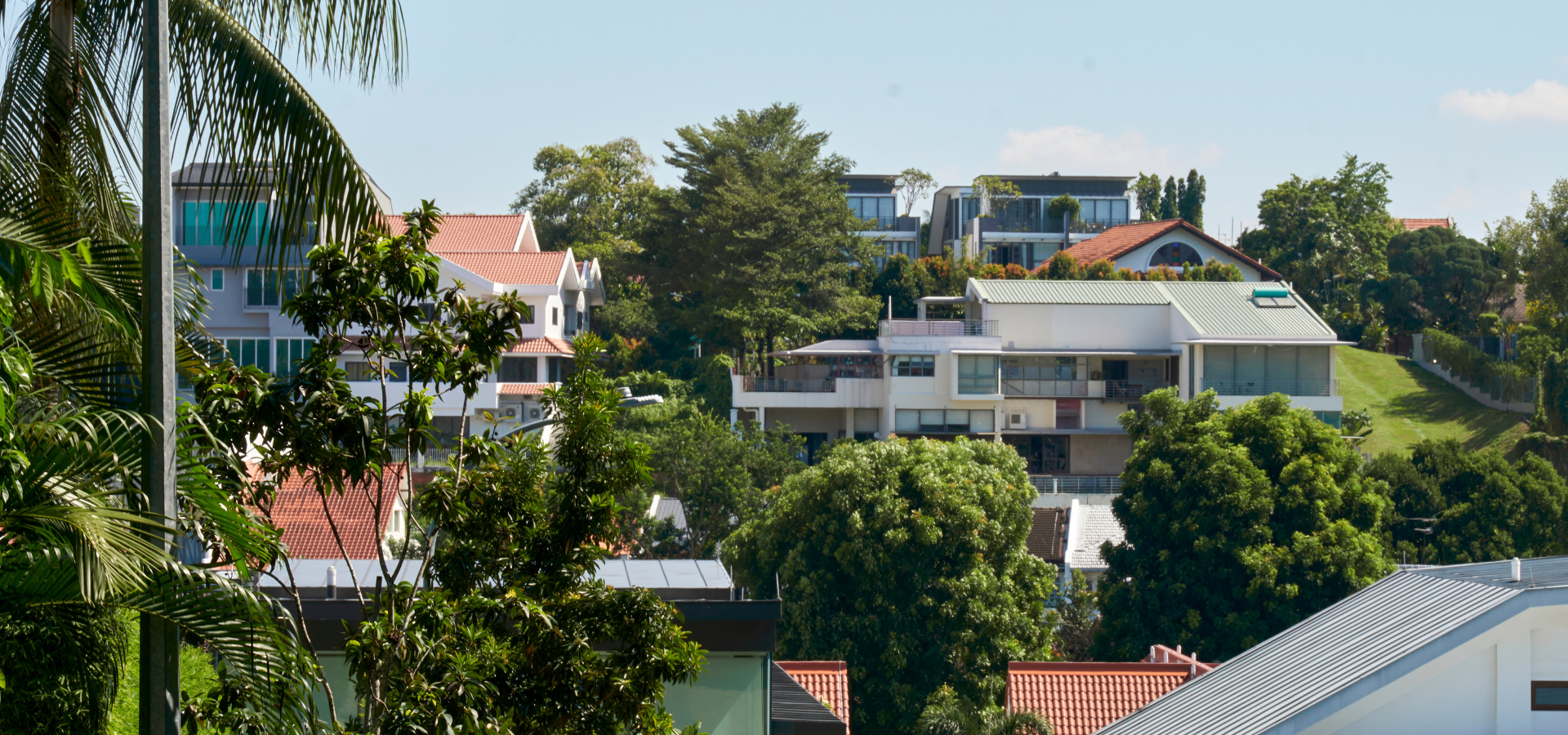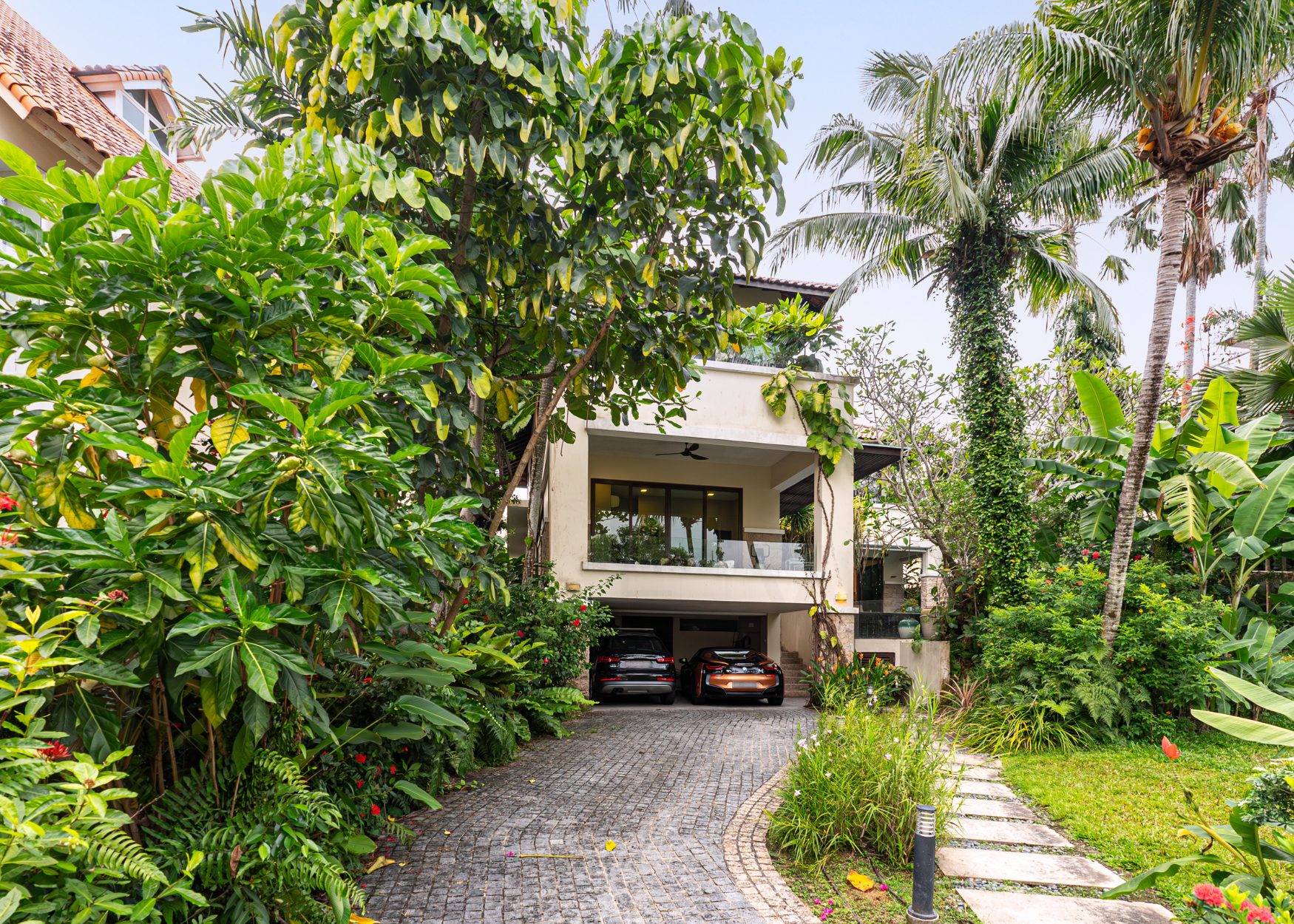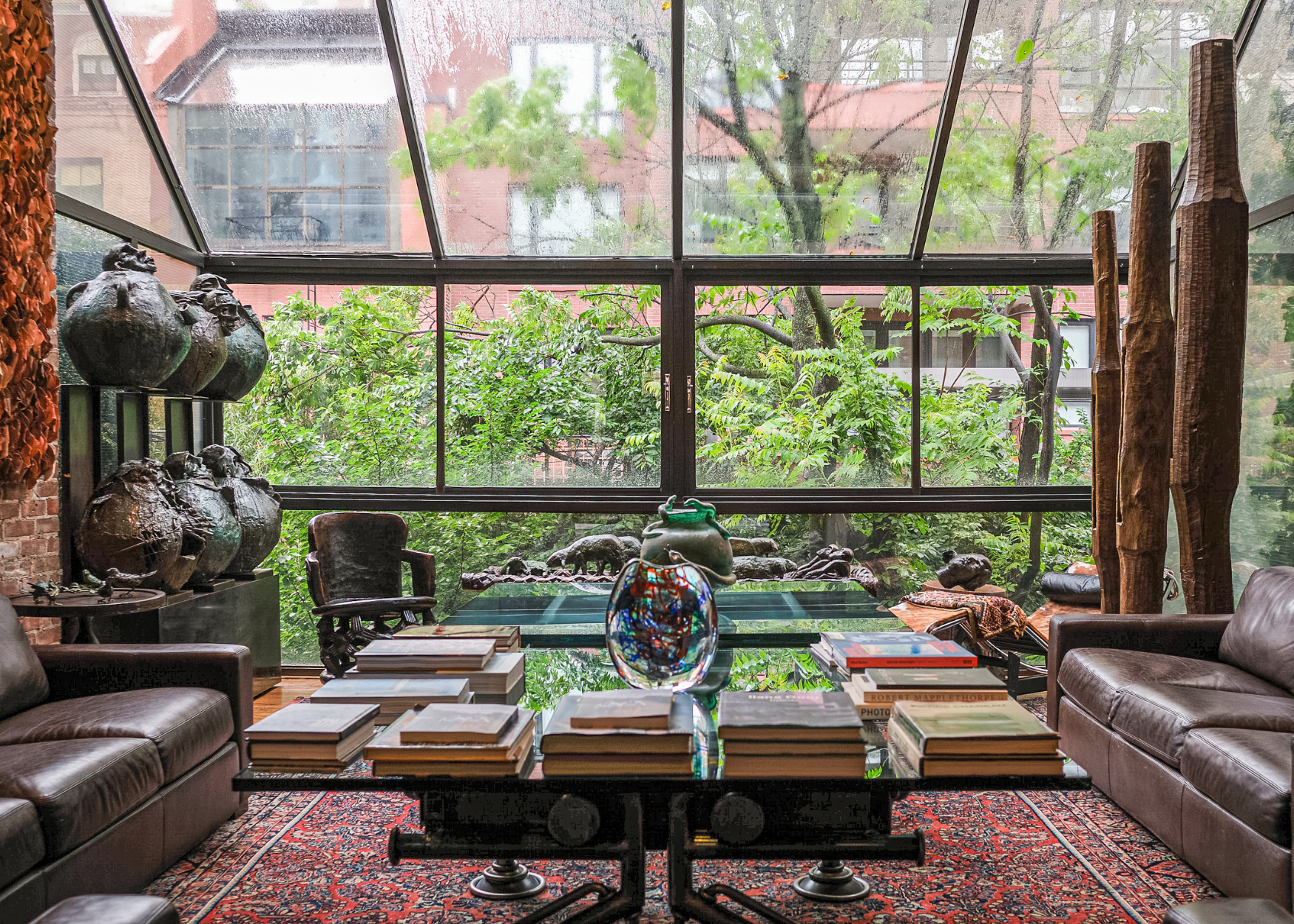The report: Realstar Premier Group’s Martin Goh on the outlook of luxury real estate in 2025
Martin Goh, principal consultant at Realstar Premier Group, shares insights into the performance of Singapore’s luxury real estate market in 2025. He discusses key trends shaping the sector, the outlook for high-end properties and the challenges both sellers and buyers are navigating in the current climate.
The first quarter of 2025 performed quite well and things were pretty much on track for a good year. The tariff announcements on 2 April have taken some shine off the market, but it feels like a knee-jerk reaction, and I expect to see a recovery in the coming months. While some people are staying on the sidelines and monitoring the situation, many buyers are starting to come out and look for opportunities.
Among high-net-worth individuals, I think those who were looking to buy, both locals and foreigners, but especially those purchasing for their own use—they’re still active. Others who don’t urgently need to purchase but are hoping to pick something up—for their children, for trusts, or similar purposes—they may take their time and keep looking through the year. I’d say by the third or fourth quarter, once things stabilise, we’ll likely see market activity pick up again.

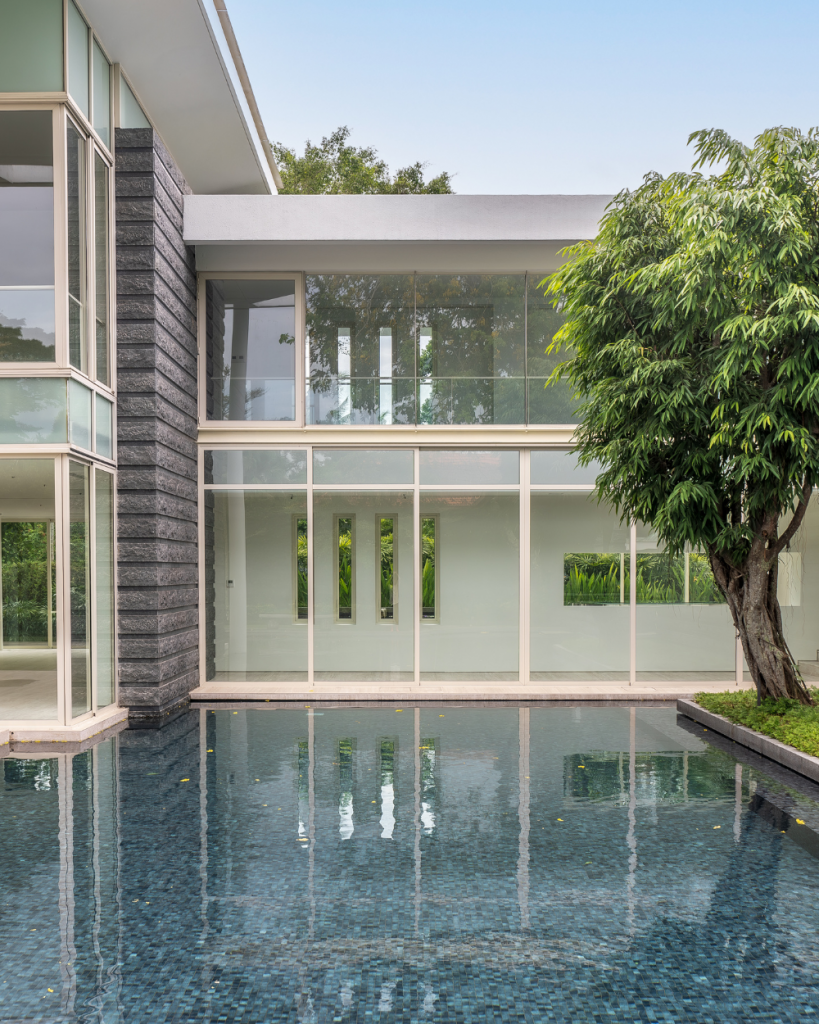
Left: Realstar Premier Group’s Martin Goh. Right: A good class bungalow in Belmont, Holland Village.
My advice for buyers is that there’s no better time to consider a purchase, especially if they’re already in the market. The fundamentals are solid—the Singapore fundamentals are always there. It’s really about sentiment—there’s no textbook for this—and I’d describe the mood as ‘cautious optimism’.
You’ll continue to see the usual lifestyle-driven purchases: ‘I need a bigger place’ or ‘I want to move to a prime location’. If someone wants to live within one kilometre of their preferred school, they’ll still proceed with a purchase. There is pent-up demand, and we are still very busy, especially with properties above $5 million.
I’ve seen new citizens actively making offers during this period, because they see value in Singapore property, especially landed homes. Compared to their home countries—particularly, cities like Shenzhen and Shanghai or Hong Kong—Singapore looks undervalued.
“My advice for buyers is that there’s no better time to consider a purchase, especially if they’re already in the market. The fundamentals are solid—the Singapore fundamentals are always there.”
Many landed owners also own condos, which they keep for their children as part of legacy planning. They also use these condos as investment tools for passive income. I think in Q3 and Q4, we’ll see renewed confidence—if everything goes as predicted and the market stabilises.
The long-term view of Singapore is definitely positive because the fundamentals remain strong and politically stable. There is still a lot of wealth coming to Singapore; the number of family offices continuing to grow. So I expect prices to remain on a progressive uptrend. This year, I would say between one per cent and up to three per cent. From next year onward, it could be three to five per cent—both in the luxury condo market and the landed market.
Great expectations
For landed properties, I would categorise buyers into three general types. Some are very strict—they only want land, and won’t even consider a five-year-old house, because they know exactly what they want to build for their dream home.
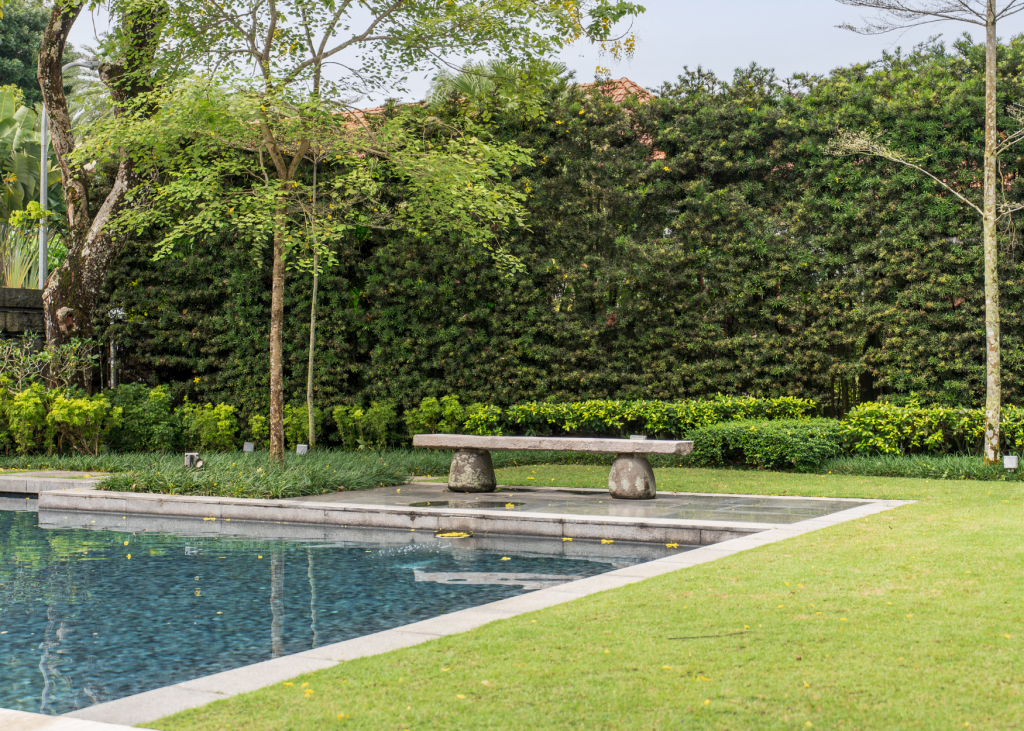
The Belmont GCB stands out with a 16,000 sqft plot and lush gardens.
Then you have a middle group, the ‘swing buyers’, I would call them. They prefer land but are open to viewing properties that aren’t too old—maybe 10 to 15 years—where they can do some additions and alterations. And there’s a third group who don’t want to rebuild. A small house might take around two years to construct, while a good class bungalow (GCB) could take up to three years. They don’t want to spend that much time on construction, so they look for something more turnkey, or a property they can renovate within six months and move into.
Even more important than the state of the property, is probably the location. You have your most prestigious addresses, like Nassim Road, which we consider the top category. Then you have enclaves just off Nassim—Cluny, Dalvey, Chatsworth—as well as prime areas such as Tanglin, Holland and Leedon, which represent highly desirable locations, and many discerning buyers are specifically targeting properties in these areas.
“There is still a lot of wealth coming to Singapore; the number of family offices continuing to grow. So I expect prices to remain on a progressive uptrend.”
The challenge is the extremely limited supply—very few owners are selling. And when something does come onto the market, the price is typically high, especially if it’s a squarish plot with a wide frontage, in a quiet and prime location. So that’s one group of buyers.
Then you have another group of buyers who are open to considering established but less centralised areas. These include locations such as Pierce Road, Swettenham Road, Holland Park—and then further into Holland or Bukit Timah areas.
Challenges in the market
The challenges, especially at this time, is that you get into a bit of a stalemate. You have sellers saying, “No, I think the market is going to be pretty good,” and then you have buyers who want a good price, saying, “Hey, tariffs are coming, the market might soften,” and so on. So we’re exactly in that situation. We’ve been through many similar situations before. It becomes a kind of brinkmanship—seeing who will blink first.

Positioned at $43.8 million SGD, the GCB offers immediate move-in appeal.
I would advise buyers that if you’re able to get a discount on the same property compared to three months ago, go ahead and commit because the market is likely to pick up in Q3 and Q4 if everything goes as predicted. If you were prepared to buy it three months ago and now, you’re getting a discount, why not?
We’re facing a situation where there are fewer offers, maybe fewer viewings. Sellers holding landed properties might ask, “Should I sell now?” Or “should I hold on and try to sell in one or two years’ time?”
“The challenge is the extremely limited supply—very few owners are selling. And when something does come onto the market, the price is typically high.”
Now, the property market has been climbing steadily over the last four to five years since covid in 2020. Prices have appreciated significantly. Especially in the first two years, the rise was steep, and sellers have benefited from the influx of new citizens buying property. Prices have gone up quite well. So, if you’re looking to cash out and do something else with the money, there’s no better time to sell than now.
A lot of the time, sellers are in their 70s or 80s—they don’t need such a big place anymore. And who knows what’s going to happen in the next two or three years? So, if you’re in that age group, I’d say go ahead and sell. Just price it realistically, then the property should sell, even in this kind of market. Remember, an overpriced property won’t sell in any market, good or bad.
Go further with the Belmont GCB in Holland Village, Singapore.
Read next:
